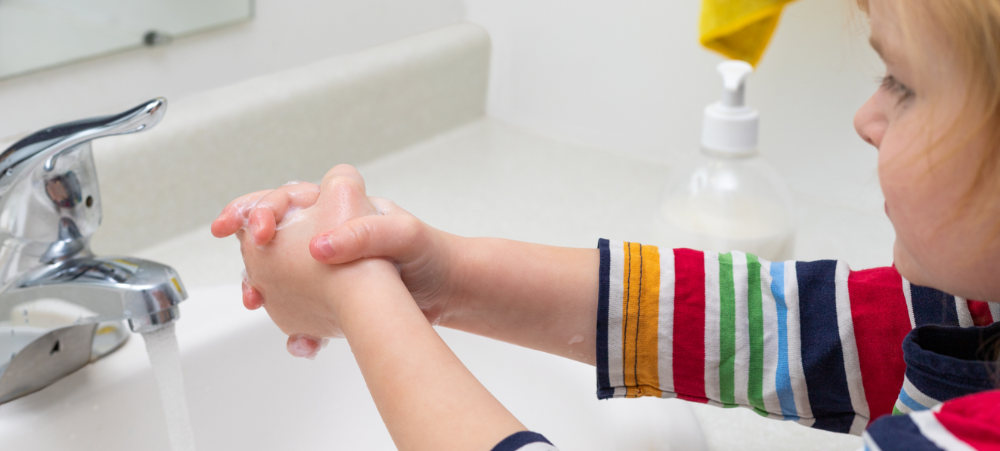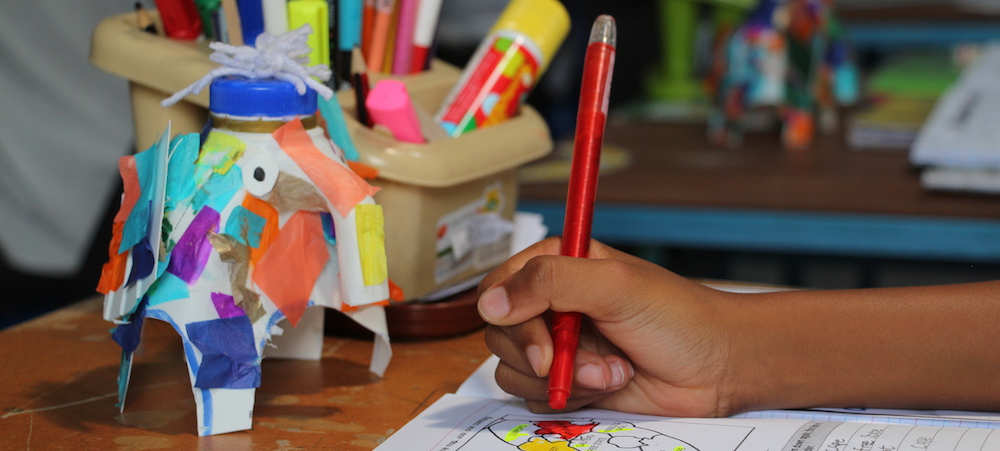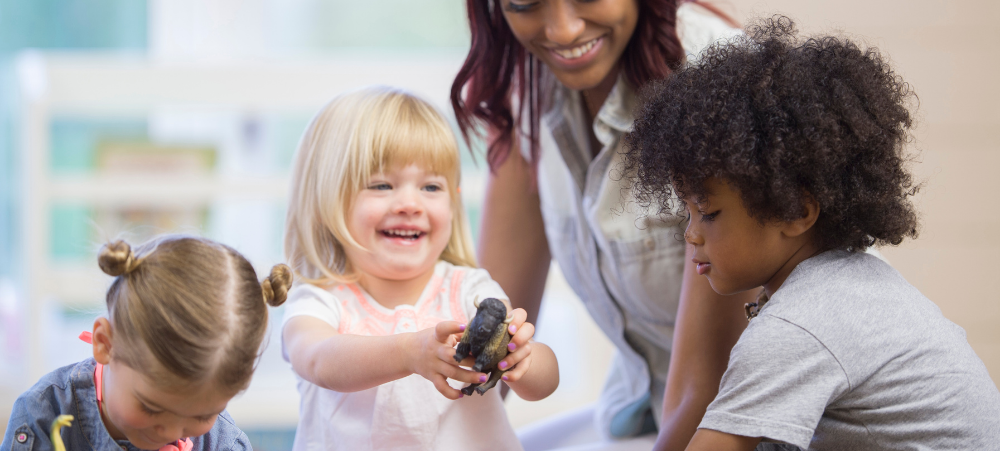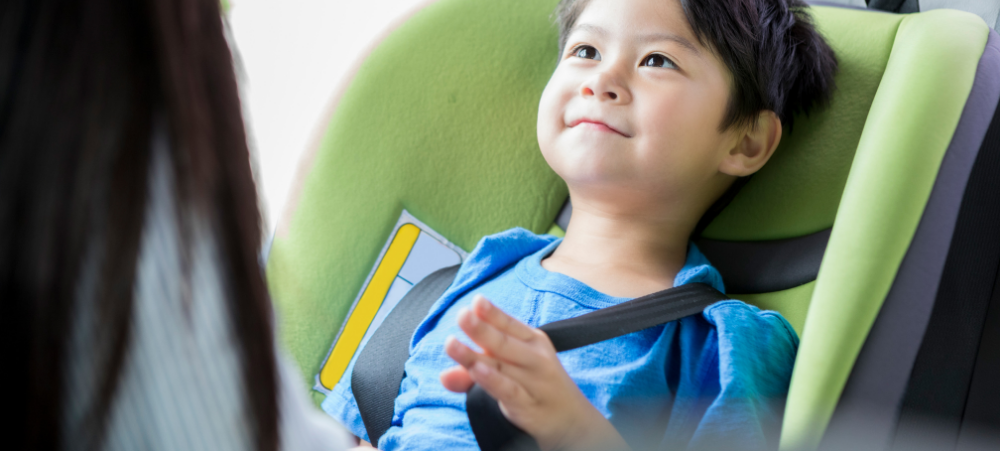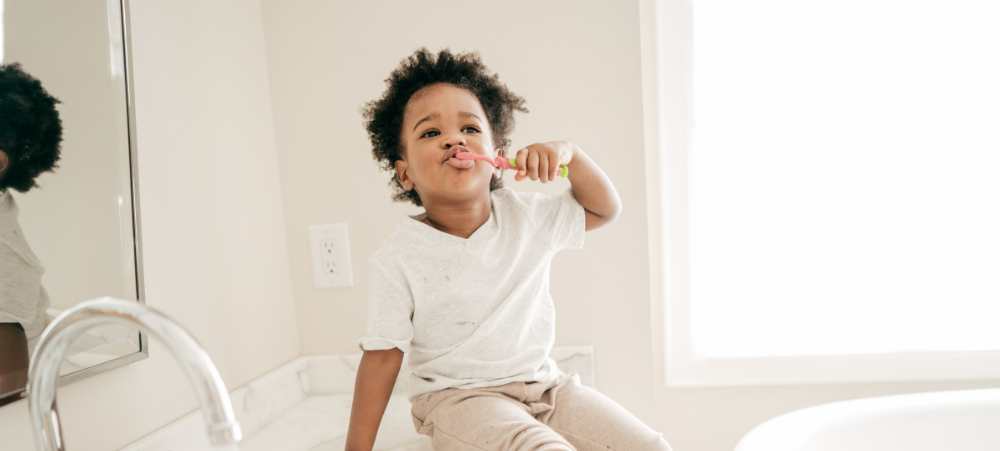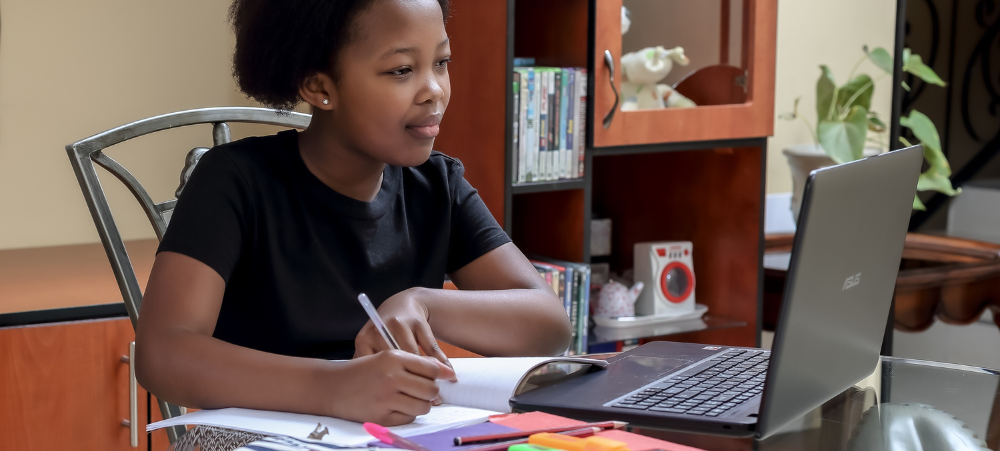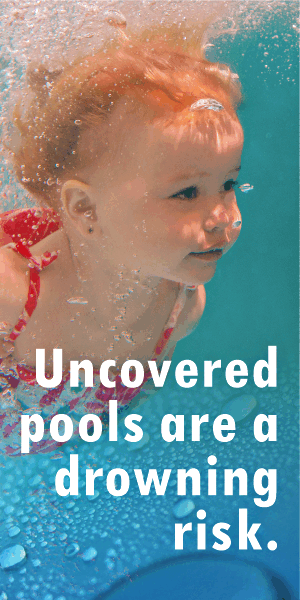
Thriving Through End-of-Year Stress: A Comprehensive Guide for Moms
The final months of the year can be a whirlwind of activity for moms, filled with various responsibilities and emotional strains. The demands of managing holiday preparations, family commitments, work obligations, increased spending, and personal tasks can often lead to heightened stress levels. However, employing effective strategies and prioritising self-care can help moms navigate this bustling time while safeguarding their well-being. This comprehensive guide aims to offer practical insights and actionable steps for moms not only to survive but thrive through the challenges of the end-of-year period. 1. Strategic Planning for Success Detailed Planning and Organization: Create a comprehensive plan or schedule encompassing all essential events, tasks, and commitments. Breaking down larger responsibilities into smaller, manageable steps can prevent feeling overwhelmed. Prioritisation Techniques: Assess tasks and prioritise based on urgency and importance. Understanding limitations and setting realistic expectations is crucial. Embrace the idea that not everything can be accomplished perfectly, and it’s okay to decline some commitments. Flexibility in Planning: While planning is vital, being open to adjustments is equally important. Circumstances may change, and being adaptable to unexpected situations helps reduce stress caused by rigid schedules. 2. Effective Time Management Delegation and Collaboration: Distribute tasks among family members or involve friends in holiday preparations and daily chores. Collaborating not only lightens the load but also promotes shared responsibilities and unity within the family. Establishing Boundaries: Set clear boundaries to safeguard personal time and energy. Learning to say no to activities or requests that could lead to overwhelming stress is essential. Effective communication with family members about your need for personal space and downtime is crucial. 3. Prioritising Self-Care Carve Out “Me” Time:** Prioritise self-care activities, even if it’s just a few minutes each day. Engage in activities that relax and rejuvenate you, such as reading, walking, mindfulness exercises, or pursuing hobbies. Relaxation Techniques: Incorporate relaxation techniques like deep breathing exercises, meditation, or guided imagery into your daily routine to alleviate stress and promote relaxation. 4. Maintaining Healthy Habits Adequate Nutrition: Ensure a well-balanced diet rich in fruits, vegetables, whole grains, lean proteins, and healthy fats. Consider meal prepping or exploring quick, nutritious recipes to save time. Taking Immune-Boosting Supplements: Consider taking Bio Strath or another immune-boosting supplement. Vitamin C, vitamin D, zinc, and probiotics are among the supplements that can support immune health. Regular Exercise: Incorporate regular physical activity into your routine. Exercise not only boosts physical health but also has positive effects on mental well-being. Find activities that you enjoy, whether it’s yoga, jogging, dancing, or a simple home workout routine. Adequate Rest and Sleep: Prioritise quality sleep to support overall health. Establish a bedtime routine and create a sleep-conducive environment to ensure restful nights. Stress Management Techniques: Implement stress-reduction strategies such as deep breathing exercises, meditation, or mindfulness practices to alleviate stress and promote relaxation. 5. Mindfulness and Gratitude Practice Embrace Mindfulness: Practice mindfulness exercises such as meditation, yoga, or mindfulness apps. These practices help reduce stress levels and improve focus amidst the chaos of daily life. Cultivating Gratitude: Dedicate time daily to reflect on and appreciate the positives in life. Keeping a gratitude journal or simply making mental notes of moments of thankfulness can shift focus from stressors to moments of joy. 6. Embracing Flexibility and Resilience Adapting to Change: Acknowledge that plans might change, and unforeseen events may arise. Embracing flexibility and adaptability helps navigate unexpected circumstances without succumbing to stress or anxiety. Celebrating Achievements: Recognise and celebrate even minor accomplishments. Acknowledging these small wins serves as motivating milestones during challenging times. 7. Nurturing Connections and Support Systems Maintaining Social Connections: Stay connected with friends, family, or fellow moms facing similar stresses. Sharing experiences and providing support creates a sense of camaraderie and diminishes feelings of isolation. Seeking Support: Don’t hesitate to seek help when needed, whether it’s for assistance with tasks or seeking emotional support. Utilise available resources such as local community groups or online forums to find support. The end-of-year period can indeed be demanding for moms, but implementing these strategies empowers them to thrive amidst the challenges. Prioritising self-care amidst responsibilities ensures a more fulfilling and enjoyable holiday season for the entire family. By incorporating effective planning, self-care practices, flexibility, and nurturing connections, moms can navigate the end-of-year stress with resilience and joy. Remember, taking care of yourself enables you to better care for your family, fostering a healthier and happier environment for all.






